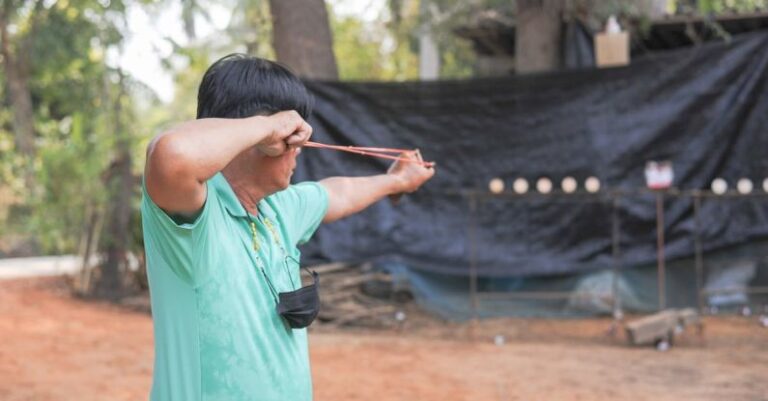
Endurance races, whether it be a marathon, ultra-marathon, triathlon, or any other long-distance event, require a unique combination of physical stamina, mental toughness, and strategic planning. Athletes who excel in endurance races not only possess exceptional physical fitness but also implement effective strategies to sustain their performance over extended periods. In this article, we will explore some of the best strategies for endurance races that can help athletes maximize their potential and achieve their goals.
**Mental Preparation and Focus**
Endurance races are as much a test of mental strength as they are of physical endurance. Mental preparation plays a crucial role in determining an athlete’s performance during a long-distance race. Developing a strong mindset and maintaining focus throughout the race can be the difference between success and failure. Visualizing success, setting achievable goals, and staying positive even in the face of challenges are essential aspects of mental preparation for endurance races.
**Pacing and Race Strategy**
One of the most critical aspects of succeeding in an endurance race is pacing. Starting too fast can lead to early fatigue and burnout, while starting too slow may result in falling behind the pace needed to achieve the desired finish time. Developing a race strategy that includes a planned pace, fueling schedule, and hydration plan can help athletes maintain a steady effort level and avoid hitting the wall later in the race. It is essential to listen to your body and adjust your pace accordingly to ensure you have enough energy to finish strong.
**Nutrition and Hydration**
Proper nutrition and hydration are key components of a successful endurance race strategy. Fueling your body with the right balance of carbohydrates, proteins, and fats before and during the race can help sustain your energy levels and prevent bonking. It is essential to practice your nutrition and hydration plan during training to determine what works best for your body and avoid any gastrointestinal issues on race day. Staying hydrated throughout the race is also crucial to maintain optimal performance and prevent dehydration.
**Gear and Equipment**
Having the right gear and equipment can make a significant difference in your performance during an endurance race. Wearing proper running shoes, clothing that wicks away sweat, and using equipment such as a hydration pack or energy gels can enhance your comfort and efficiency during the race. It is essential to test your gear during training to ensure that it is comfortable and does not cause any chafing or blisters during the race.
**Recovery and Post-Race Care**
Recovery is an often overlooked but essential aspect of endurance racing. Proper post-race care, including stretching, foam rolling, ice baths, and adequate rest, can help your body recover faster and reduce the risk of injury. It is crucial to listen to your body and give it the time it needs to recover after a grueling race. Incorporating recovery activities into your post-race routine can help you bounce back quicker and get back to training sooner.
**Adaptability and Flexibility**
In endurance races, unexpected challenges and obstacles are bound to arise. Being able to adapt to changing race conditions, adjust your strategy on the fly, and stay flexible in your approach can help you overcome setbacks and continue moving towards your goal. Mental flexibility and the ability to problem-solve in the moment are valuable skills that can make a significant difference in your performance during an endurance race.
**Strategic Visualization and Goal Setting**
Visualization and goal setting are powerful tools that can help athletes stay motivated and focused during an endurance race. Visualizing yourself crossing the finish line, achieving your goals, and overcoming challenges can provide the mental boost you need to push through tough moments in the race. Setting specific, measurable, achievable, relevant, and time-bound (SMART) goals can help you stay on track and monitor your progress throughout the race.
**Incorporating Cross-Training and Strength Training**
Cross-training and strength training can complement your endurance race training by improving your overall fitness, preventing injuries, and enhancing your performance. Incorporating activities such as cycling, swimming, yoga, or weightlifting into your training routine can help you build strength, flexibility, and endurance in different muscle groups. A well-rounded training program that includes a variety of activities can help you become a more well-rounded athlete and excel in endurance races.
**Mindfulness and Breathing Techniques**
Practicing mindfulness and incorporating breathing techniques into your race strategy can help you stay present, calm, and focused during an endurance race. Deep breathing exercises, meditation, and mindfulness practices can help reduce stress, anxiety, and negative thoughts that may arise during the race. Being able to stay in the moment, regulate your breathing, and manage your emotions can help you maintain a steady effort level and perform at your best throughout the race.
**Celebrating Achievements and Learning from Setbacks**
After completing an endurance race, it is essential to take the time to celebrate your achievements, reflect on your performance, and learn from any setbacks or mistakes. Celebrating your successes, no matter how big or small, can boost your motivation, confidence, and sense of accomplishment. Reflecting on your race experience, analyzing what went well and what could be improved, and setting new goals can help you continue to grow and evolve as an athlete.
**Conclusion: Embracing the Journey and Setting New Goals**
Endurance races are a test of physical and mental endurance, requiring athletes to push their limits, overcome challenges, and strive for greatness. By implementing effective strategies such as mental preparation, pacing, nutrition, gear selection, recovery, adaptability, visualization, cross-training, mindfulness, and reflection, athletes can maximize their performance and achieve their goals in endurance races. Embracing the journey, setting new goals, and continuing to challenge yourself can lead to personal growth, fulfillment, and success in long-distance racing. Whether you are a seasoned endurance athlete or a beginner looking to tackle your first race, incorporating these strategies into your training and race-day plan can help you reach new heights and make the most of your endurance racing experience.





